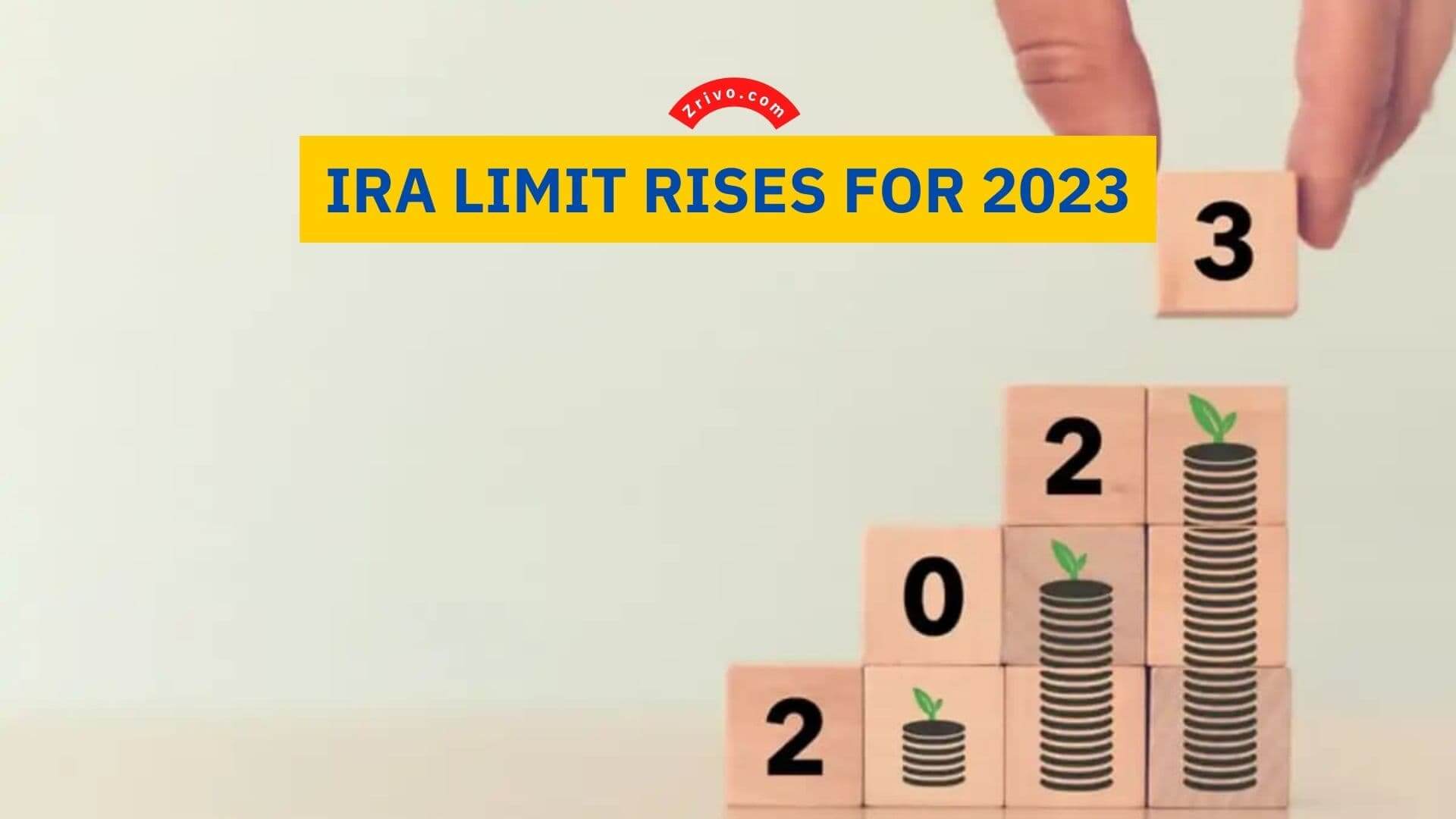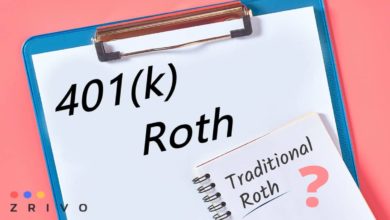IRA Limit Rises For 2023
The individual retirement account (IRA) is a type of pension in the United States. Many financial institutions offer this account, allowing people to save for retirement. In this article, you will see an overview of the IRA change for 2023.

It is not difficult to understand how the IRA works. When money is put into an IRA, it is held in trust with investments bought with money earned. The assets in an IRA are meant to benefit the taxpayer in his or her old age. The IRS has set the contribution limits for the traditional IRA and the self-directed IRA for each account type.
You can view and download these limits for each account type, and you can also find FAQs about these limits. You can also download a chart of the limits for each type of account. In addition, if you have a retirement plan at work, you may be restricted in the amount you can contribute to an IRA.
IRA and Roth IRA Contribution Limits For 2023
The Internal Revenue Service just made public the cost-of-living adjustments for IRAs and other tax-qualified retirement plans for the 2023 tax year. With these changes, the maximum amount of money that can be saved in individual retirement accounts and health savings accounts (HSAs) will go up. Also, people who are 50 or older will be able to put in an extra $7,500 instead of the current $6,500.
The contribution limit for the 401(k) has also increased. In 2023, you will be able to contribute $22,500 to your account, which is up $2,000 from this year. This increase will apply to all 401(k) plans, most 457 plans, and the federal government’s Thrift Savings Plan. Additionally, IRA contribution limits will increase by another $600 for those who turn 50 in 2023.
Other changes for IRAs include an increase in the annual contribution limits. Those over 50 can contribute an additional $1,000 each year. This catch-up contribution isn’t subject to cost-of-living adjustments, so this is a significant change for people approaching retirement age.
If you make a mistake and contribute more than the annual limit, you may be subject to an IRS penalty of up to 6% of your adjusted gross income. This penalty can wipe out your investment income. You can avoid this penalty if you take out your extra contributions and earnings and then file an amended tax return. However, you will still owe tax on the earnings.





